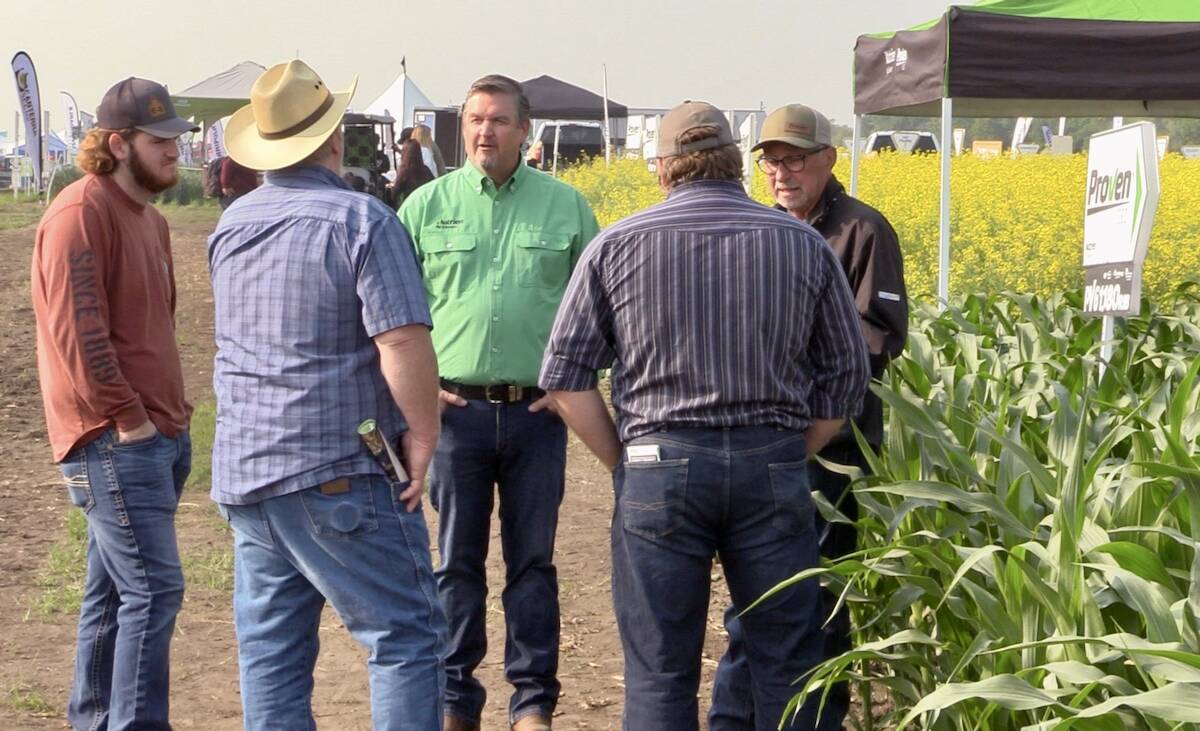WASHINGTON, D.C. – When North Carolina vegetable farmer Dorothy Barker was not allowed to fill in an application for a loan from the Farmers Home Administration, she didn’t blame her gender.
It was because of her black skin color, she told a workshop at the Second International Conference on Women in Agriculture. She also listed other examples of discrimination, such as a federal government agency foreclosing in 1997 on two older black women who had farmed with their brother. When he died, the agency refused to continue the land lease.
Read Also

Interest in biological crop inputs continues to grow
It was only a few years ago that interest in alternative methods such as biologicals to boost a crop’s nutrient…
“They make new rules every day and if it seems you’re going to benefit, they make a new one,” Barker said.
That is why she joined with an 11-year-old non-profit agency set up by her state to help poor rural black families with marketing and technical assistance.
The agency’s director, Caroline Prince, said she works on programs that allow farmers to add value to field crops, such as washing greens, cutting tomatoes or sorting vegetables by size for school lunches or military bases. Quality control, collective cooling and shipping of vegetable crops and promoting fresh, locally grown produce are other functions.
But even Prince’s agency lacks clout for some situations. A processor came to them in March wanting to contract 300 acres of sweet potatoes. This crop had to be planted in April or May but the group couldn’t raise capital quickly enough for its members to buy seed and fertilizer.
Another member of the North Carolina group, Georgia Good, told the audience: “Rural women are less aggressive than urban women. We’ve got to raise their self-esteem, encourage them on.”
There are only 18,000 black farmers left on two and a half million acres of United States land, said Shirley Sherrod, the Georgia director of the Federation of Southern Co-operatives. She said black Americans are losing land and numbers at a faster rate than white farmers. She urged women to help each other.
“If you want to work in Zimbabwe, OK, but let’s try to make it work at home, here.”
Want voice heard
There are other minority groups in the United States trying to get the federal agriculture department’s understanding.
Lorette Picciano, director of Rural Coalition, said indigenous Indian people supplied the land and the corn and tobacco that early Americans thrived on.
Yet unlike other farmers, Indians on reservations must pay for U.S. Department of Agriculture extension services. Reserves also often lose out on disaster relief and drought payments because their acreage is deemed too small.
Picciano said 80 percent of the seasonal workers in chili fields of New Mexico do not have the sanitation facilities required by law. In one incident workers had no bottled water so they drank from a ditch, even though they knew it was contaminated with pesticides. When they were sick the next day and unable to work, they were fired.
Rural Coalition is trying to develop standard contracts and worker co-ops so people are not at the mercy of labor contractors.
A Spanish-speaking woman said her group is trying to register the migrant worker population from Central American countries to ensure proper work conditions in Mexico.
Dolores Shadd, a black farmer from Merlin, Ont., said Canadian blacks used to fight prejudice, but it has changed in the past 40 years since the first bill of rights. Discrimination in Canada is much more subtle than the American cases cited, mainly being banks cautious about lending to black farmers, said the sixth-generation grain farmer.
















